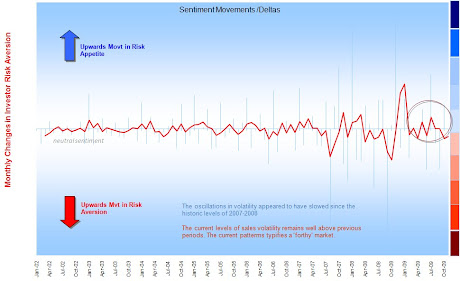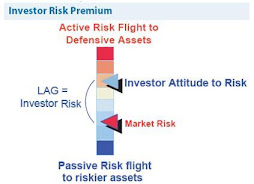The Misnomer of UK Savings Ratios? Anyone who's looked at the APS (average propensity to save) from the ONS recently will see there is a sort of reverse logic playing just now - we see exceptional avg. savings ratios in the UK and US but we know much relates to debt digestion/reduction; not long-term savings. The pendulum effect we saw between debt borrowing and debt digestion has also had the unhappy consequence of using the APS to trend ever again; (although conversely handy for scenario and stress testing purposes).. I'm puzzled; are you?
Now the OECD do calculate national savings rates as a percentage of GDP that is saved by households across a country. Household saving is one of the primary sources of capital investment in the country. Thus OECD use this rate as an indicator for long term economic growth. http://www.oecd.org/
Our recovery indicators seem awfully hinged on tiny margins in GVA, and massively preoccupied by CPI and retail spend as proxy of recovery.. seriously?
Overall savings volume has been fuelled by baby boomers, the Gen-X, a group set to enter extended accumulation, drawdown or full decumulation between now and for the next 5 years. Once the group is fully in decumulation then it would seem we should expect a sharp drop off in savings investment if we cannot encourage Gen Ys to save more.
http://www.oecd.org/dataoecd/34/52/1865232.pdf
Reverse logic: To expect a rise in net income being devoted to long-term savings and we may actually need the savings ratio to fall. This would imply the current ratios are artifically high and that in normal conditions the potential residual of income is going to be nowhere near as much. It also points towards cultural issues about when to save and when to spend.. long-term savings (used for future provision) seems to get squeezed by short term needs to store money for a rainy day and to spend when things are good. This has perhaps something to do without inability to accurately weight the importance of future events.. this is a major block for anyone wanting to launch wellbeing products that focus on tomorrow rather than today.
Meanwhile the pensions funding gap isn't exactly standing still.. while defined benefit wchemes needed nigh on 5700 points in the footsie to come out of deficit (writing - wall).. The run-up to 2012 will then change the UK savings landscape as we see auto-enrollment and employer-sponsored scheme make individual contributions compulsory.
There are of course glimmers of hope in the UK; a very healthy Q1 ISA season.. the quesiton is whether investors have confidence in longer-term products or whether the flows into ISA was a churn away from other savings vehicles such as onshore/offshore bonds (retraction) or pensions (flat).
BUT what preconditions are we looking for to encourage long-term savings: do we need people to spend to save, people to borrow to save, people to change mind-set, irrespective of economic conditions, to save..? How do we encourage them to save more against the backdrop of national debt? Again the focus is (relatively) present (the next 5 years) rather than future (the next 25 years)..
So my first suggestion is that for the purposes of tracking UK savings rates then we abondon the ONS APS and instead use OECDs savings rate values. The OECD has studied savings rated but again we're short on observations during and post credit-crunch. In short the rules may have changed and hopefully the OECD will pick this up in due course.
http://www.olis.oecd.org/olis/2010doc.nsf/linkto/eco-wkp(2010)10





No comments:
Post a Comment
Note: only a member of this blog may post a comment.